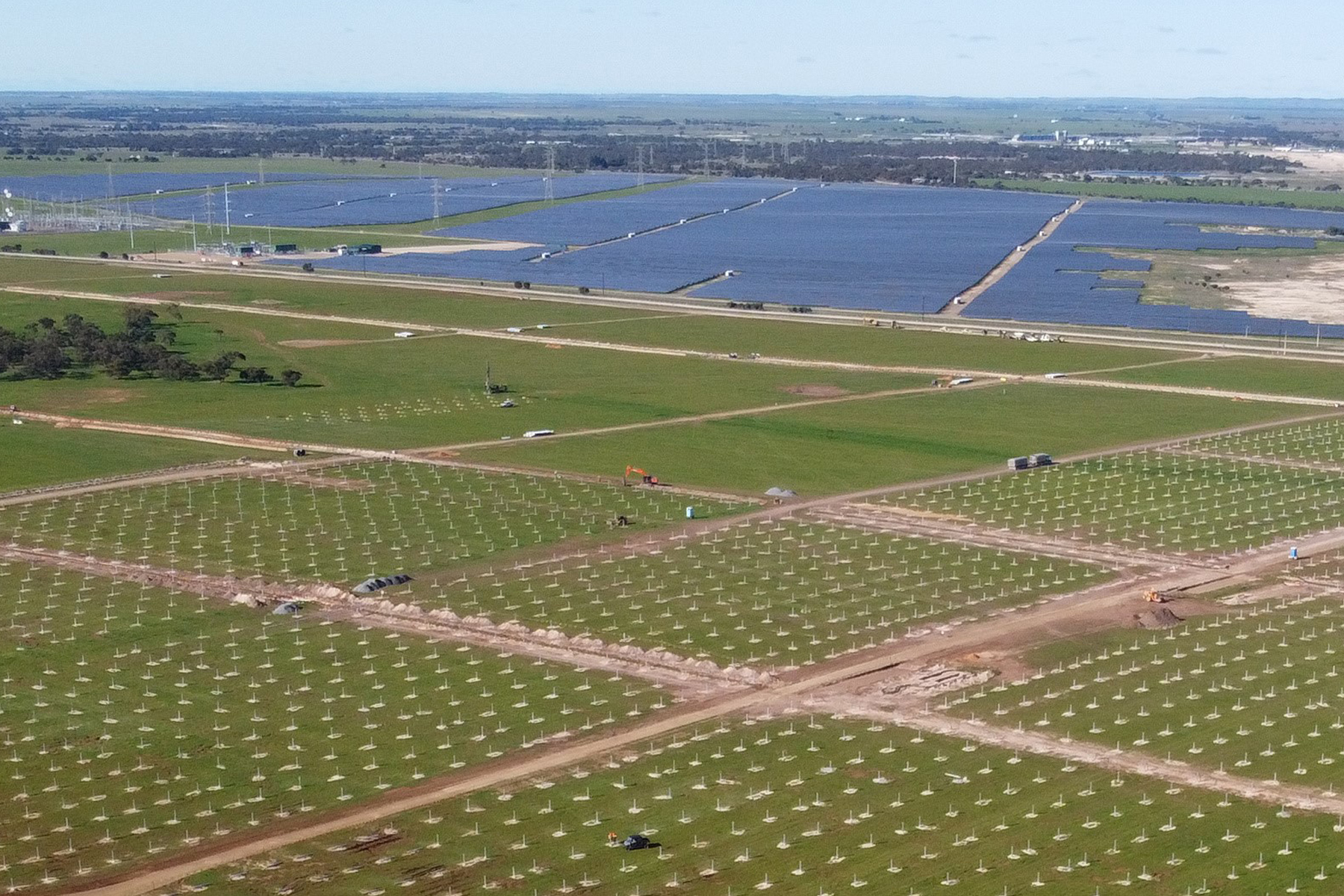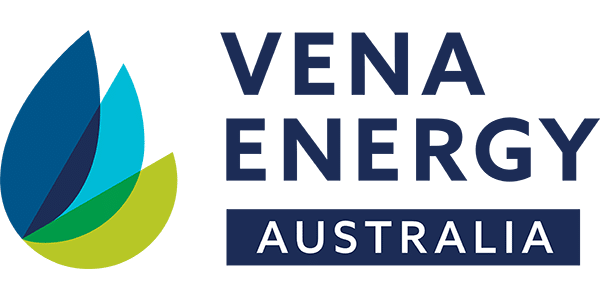Vena Energy to bring their first South Australian Hybrid Project online in 2023
Vena Energy, Asia-Pacific’s leading renewable energy company, announced today that it has reached financial close for the Tailem Bend 2 Hybrid Project, its first combined solar and battery energy storage system (BESS) project in South Australia. The Hybrid Project marks an important milestone in Vena Energy’s Australian portfolio, as their first operational system to aggregate solar generation and battery storage, following the success of the first stage of the Tailem Bend Solar Project which has been operational since 2019.

Upon completion, the Hybrid Project will have a capacity of 128.5 MW derived from the 87 MW solar project and the 41.5 MW BESS. The solar project will be capable of supplying approximately 35,000 homes (1) with clean energy annually, reducing more than 207,000 tons of CO2 Greenhouse Gas Emissions (2) or the equivalent of planting more than 3.4 million trees (3). ZEN Energy has signed a purchase agreement for the renewable energy generated by the solar project, which will support ZEN’s South Australian customers. The Tailem Bend Battery Energy Storage System (TBB) will provide energy storage and ancillary services, supporting the reliability of the South Australian grid.
“The ZEN team is immensely proud to be supporting the construction of another pivotal renewable electricity asset in Australia. This is the critical decade for climate action, and we continue to work with our partners, customers, and friends to drive change into the way that we transact energy,” said ZEN Energy CEO, Anthony Garnaut.
“Vena Energy’s mission is to accelerate the energy transition across the Asia-Pacific region, and the Tailem Bend BESS is an example of this shift as it will provide both generation and storage for renewable energy to the South Australian network as part of its plans to achieve net-zero by 2030,” said Mr. Owen Sela, Head of Vena Energy Australia. “In Australia we have around 5 GW of renewable energy projects in the pipeline, accommodating the demand for clean, reliable energy sources. There has been a needed shift to green energy in recent years, and we are committed to work alongside our local communities and stakeholders to deliver affordable and clean electricity to our customers.”
The Tailem Bend 2 Hybrid Project is Vena Energy’s third green financing arrangement in Australia and was supported by DBS as the Joint-Green Structuring Bank, Technical Coordinator, Facility Agent and Project Account Bank, ING as the Joint-Green Structuring Bank and Financial Model Coordinator, and Siemens Financial Services through Siemens Bank.
“To accelerate the transition to a low carbon future, the task at hand is not just about increasing renewable capacity but about enhancing the quality of solutions offered. Tailem Bend 2 – a hybrid that offers green energy and firming assets – represents the type of quality solutions needed,” said Group Head of Energy, Renewables and Infrastructure at DBS, Lim Wee Seng. “As a leading bank in sustainable financing, we are excited to support Vena Energy’s continued efforts to expand its portfolio of renewable assets and increasing the sophistication of their offerings to accelerate the integration of green assets into the energy system across the Asia Pacific.”
“We are proud to support Vena Energy in financing the Tailem Bend 2 Hybrid Project, which will deliver integrated green energy to South Australia,” said Sam Terko, Head of Energy for Wholesale Banking for ING Australia. “At ING, sustainability is at our core, from structuring the world’s first sustainability-linked loan in 2017 to becoming one of the largest renewables financiers in Australia. Vena Energy is one of the foremost renewable energy developers across Asia Pacific, and we look forward to further assisting them finance the energy transition together.”
“At Siemens Bank, we see sustainability as a business imperative. For many years, we have been one of the leading institutions in financing renewable projects, enabling the energy transition globally. In full alignment with Siemens, we are committed to helping even more customers achieve their decarbonisation goals and supporting new technologies. In this context, the Tailem Bend 2 Hybrid Project not only marks one of our first combined solar and battery energy storage financing but also adds perfectly to our strongly diversified portfolio – allowing us to be a reliable, long-term partner in the region,” stated Anton Conradie, Head of Project & Structured Finance Debt, Asia Australia at Siemens Bank GmbH.
Vena Energy has appointed UGL Limited as its engineering, procurement, and construction (EPC) contractor who will deliver the second stage of the Solar Project, and Doosan GridTech as the head contractor for the BESS. Construction of the solar project commenced in April 2022, and the BESS project will commence later in the year. The Hybrid Project will employ up to 200 staff during construction, with a keen focus on encouraging local employment outcomes.
Footnotes
1. Households Powered is based on annual household electricity consumption of each operating country derived from Residential Electricity Consumption data obtained from the International Energy Agency (2019) and number of households data derived from population data from United Nations (2020) and household size data taken from United Nations (2019) and Statista database (2020).
2. Greenhouse Gas (GHG) Emissions Reduction is calculated assuming that the generation from renewable energy plants replaces an equal quantity of electricity generated using coal, gas and oil. Unique GHG emissions factors were calculated for each country based on respective country energy mix and emissions data obtained from BloombergNEF (2019).
3. Equivalent Trees Planted is based on the amount of GHG sequestered by a medium growth coniferous or deciduous tree, planted in an urban setting and allowed to grow for 10 years, data obtained from the United States Environmental Protection Agency website, last updated: March 2022.
4. Includes all assets in operation, construction, contracted, and development stages.

